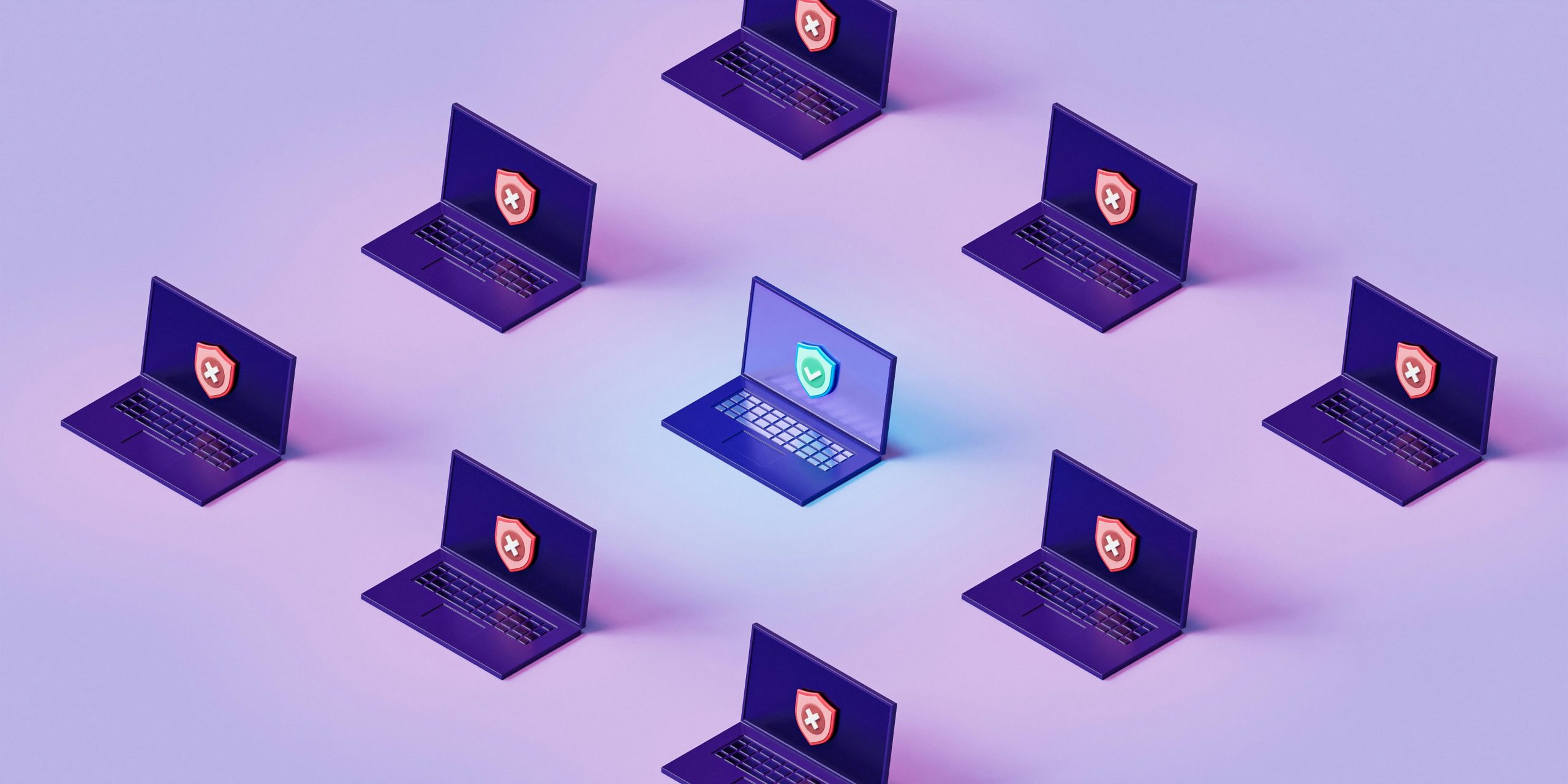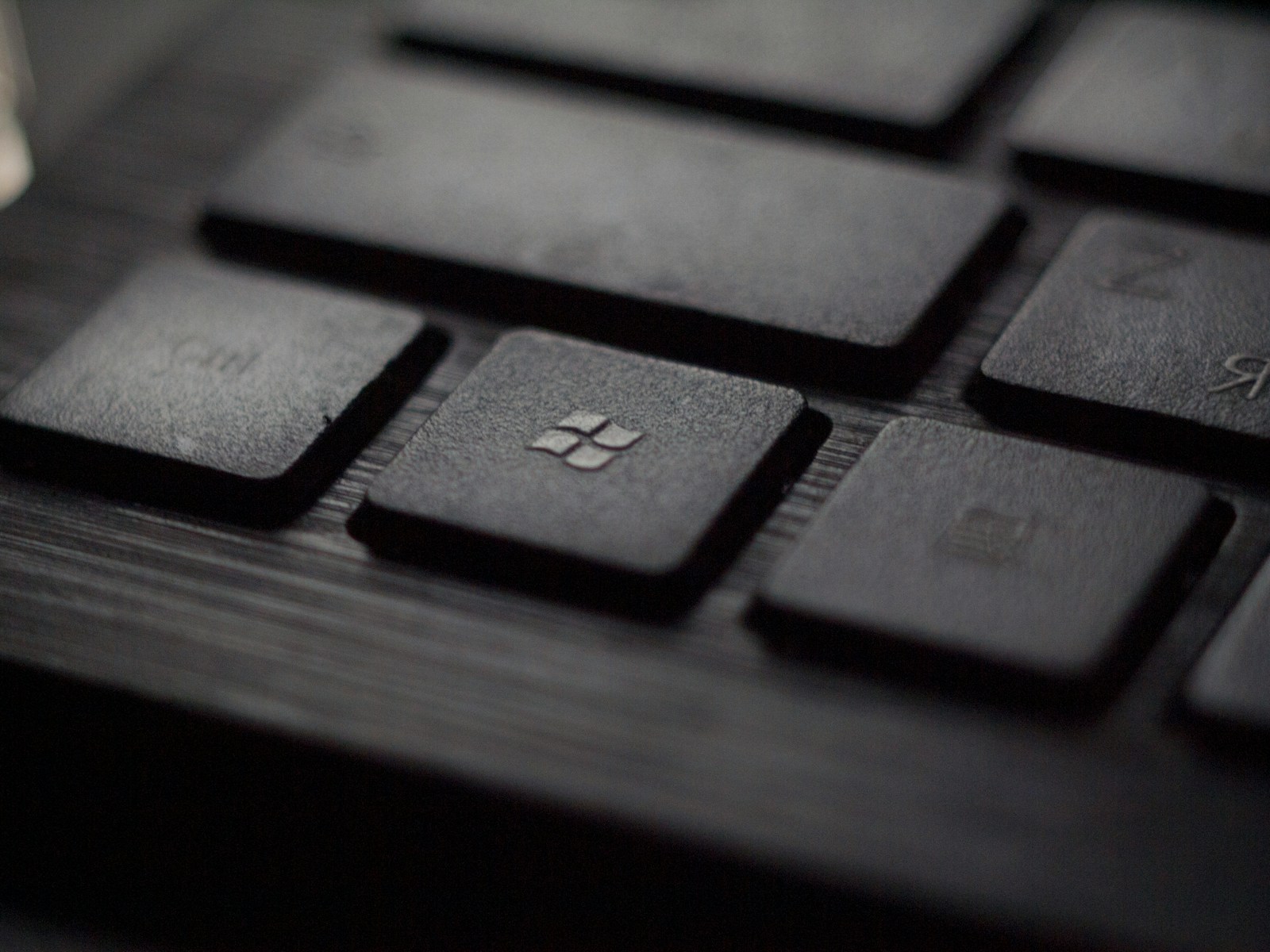In the landscape of cybersecurity, the need for secure data transfer methods continues to rise, driving the evolution of Managed File Transfer (MFT) Gateways. These platforms are pivotal in ensuring secure, efficient, and reliable data exchanges across various networks and systems, adhering to stringent compliance standards. As we look ahead, several key trends are expected to shape the future of secure file transfers through innovations in MFT Gateways.
Integration of Artificial Intelligence and Machine Learning
One of the most significant trends is the integration of Artificial Intelligence (AI) and Machine Learning (ML) within MFT gateways. AI and ML technologies offer the potential to transform MFT platforms from static systems into dynamic solutions capable of predicting, detecting, and responding to potential security threats in real-time. For example, AI can analyze patterns of data transfer for irregular activities that may indicate a breach or an insecure data access point. By automating responses to such anomalies, MFT Gateways can prevent data leaks before they occur, enhancing the overall security of data transfers.
Increased Adoption of Blockchain Technology
Blockchain technology is set to play a crucial role in the future of MFT Gateways by providing an added layer of security through its decentralized nature. Blockchain can create an immutable ledger of all file transfers, ensuring that each transaction is securely recorded and verifiable. This feature is particularly advantageous for industries where data integrity and auditability are paramount, such as in financial services or healthcare. By leveraging blockchain, MFT Gateways can offer non-repudiable and tamper-evident transfer processes, further securing data in transit.
Enhanced Compliance Management
As regulatory requirements become more rigorous, the ability of MFT gateways to manage compliance through automated processes is increasingly crucial. Future MFT solutions are expected to include more sophisticated compliance management tools that can adapt to various global standards effortlessly. These tools would automatically update their compliance frameworks in response to new regulations, reducing the burden on IT teams to keep pace with legislative changes. Enhanced reporting features will also facilitate real-time compliance monitoring, making it easier for organizations to demonstrate adherence to relevant laws and standards.
The Rise of Hybrid and Multi-Cloud Environments
With more organizations moving towards hybrid and multi-cloud infrastructures, MFT Gateways must evolve to manage file transfers seamlessly across these diverse environments. Future MFT solutions will likely emphasize interoperability and flexibility, enabling businesses to securely manage data transfers between on-premises data centers and multiple cloud platforms. This capability will ensure that businesses can leverage the benefits of cloud computing while maintaining control over their data security.
Focus on User Experience and Usability
As MFT technology advances, there is a growing emphasis on improving the user experience and usability of MFT gateways. Simplifying the user interface and automating complex processes are key areas of focus that will help end-users efficiently manage file transfers without requiring deep technical knowledge. Enhancements such as drag-and-drop functionality, intuitive dashboards, and customizable workflows will make MFT platforms more accessible to a broader range of users within an organization.
Conclusion
The future of secure file transfer looks promising with the ongoing evolution of MFT Gateways. Through the adoption of AI and ML, integration of blockchain technology, enhanced compliance management, and improvements in multi-cloud interoperability and user experience, MFT Gateways are set to become even more integral to modern data security strategies. As these technologies continue to mature, they will further empower organizations to protect their critical data assets while improving operational efficiency.







